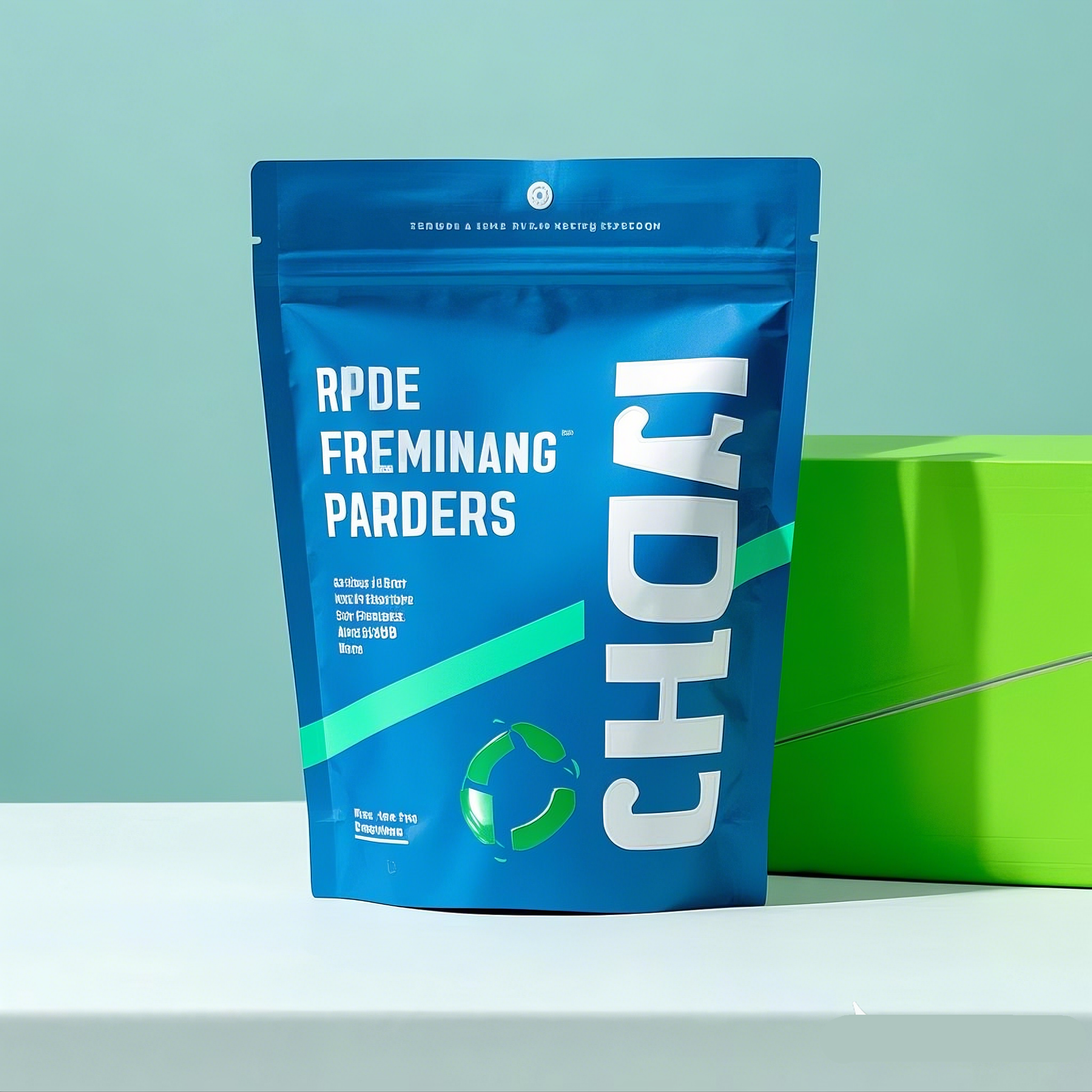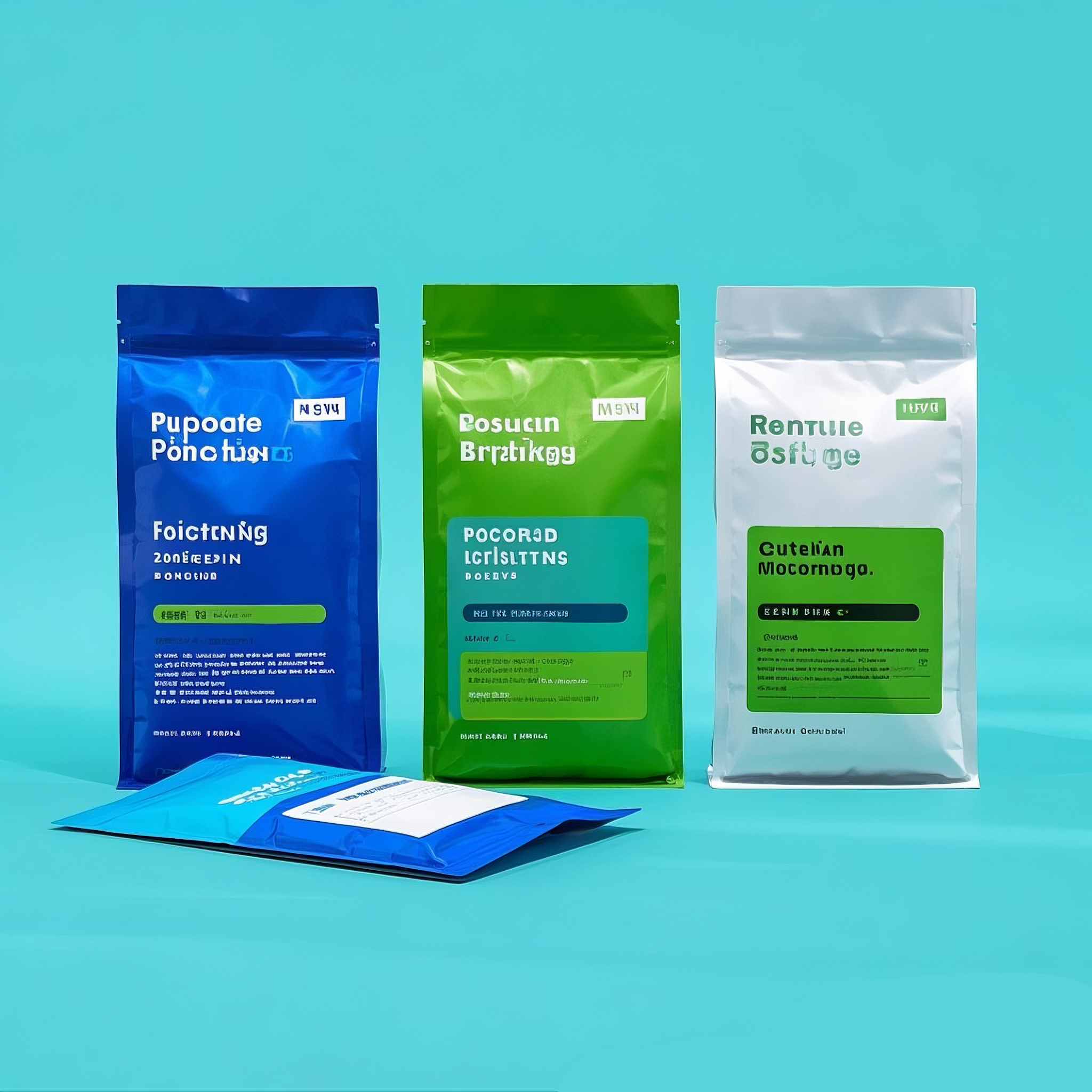[March 20, 2025] – In recent years, the global flexible packaging market has experienced rapid growth, particularly in the food, pharmaceutical, personal care, and pet food sectors. According to the latest market research report, the market size is expected to exceed $300 billion by 2028, with a compound annual growth rate (CAGR) of over 4.5%.
1. Strong Demand for Flexible Packaging, Led by the Food Industry
The food industry remains the largest consumer of flexible packaging, accounting for over 60% of the market share. In particular, the demand for high-barrier, puncture-resistant, moisture-proof, and oil-resistant flexible packaging materials has surged in frozen foods, snack foods, and ready-to-eat meals. For example, PET/AL/PE and PET/PA/PE composite structures are widely used in frozen food packaging due to their excellent moisture resistance and oxygen barrier properties.
2. Sustainable Packaging on the Rise, Eco-Friendly Materials in Demand
With the global push for sustainability, many countries and companies are promoting eco-friendly flexible packaging solutions. Biodegradable materials (such as PLA, PBS) and recyclable mono-material packaging (such as PE/PE, PP/PP) are gradually replacing traditional multi-layer composite materials.
Europe has already implemented regulations requiring all plastic packaging to be recyclable or reusable by 2030, while China, the United States, and Latin American markets are also accelerating the adoption of sustainable packaging standards.

Leading packaging companies such as Amcor, Sealed Air, Bemis, and Mondi have introduced recyclable or biodegradable flexible packaging solutions to meet the sustainability demands of the food, pharmaceutical, and consumer goods industries. For instance, Amcor’s AmLite HeatFlex Recyclable uses a high-barrier mono-material polyethylene (PE) structure, offering both recyclability and strong heat-sealing properties, making it popular in the market.

3. Accelerated Innovation in Flexible Packaging, High-Barrier and Smart Packaging in Focus
To enhance food safety, extend shelf life, and meet consumer convenience needs, high-barrier and smart packaging have become key areas of research. Advanced technologies such as EVOH, PVDC, and nanocomposite materials are driving the industry toward higher-performance packaging. Meanwhile, smart packaging solutions—such as temperature-sensitive color changes and RFID tracking chips—are being increasingly adopted, especially in pharmaceuticals and high-value food packaging.
4. Emerging Markets Driving Growth in Flexible Packaging
Emerging markets in Asia, Latin America, and Africa are becoming major drivers of global flexible packaging growth. Countries such as China, India, Brazil, and Peru are seeing strong demand for flexible packaging due to the rapid expansion of e-commerce, food delivery services, and food exports.
In Peru, for example, the rising exports of pet food and seafood are increasing the demand for high-barrier flexible packaging. The country’s flexible packaging market is projected to grow at an annual rate of over 6% over the next five years.
5. Future Outlook: Sustainability, High Performance, and Smart Technologies to Drive Industry Upgrades
Going forward, the flexible packaging industry will continue to evolve around sustainability, high-performance materials, and smart technologies. Companies must adapt to changing global regulations, invest in sustainable packaging solutions, and leverage technological innovation to stay competitive.
As consumer demand for safer, more convenient, and sustainable packaging increases, competition in the industry is expected to intensify. Companies that focus on brand differentiation and technological innovation will be best positioned to capture market share in the years ahead.
Post time: Mar-20-2025







